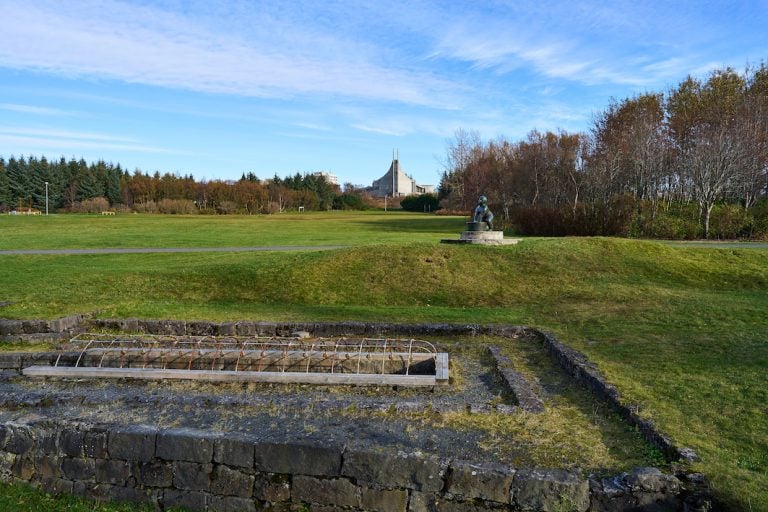The Laundry Pools or Þvottalaugar in Laugardalur are about 3 km / 2 mi from the centre of Reykjavík. People began using the hot spring water in Laugardalur for washing at the end of the 18th century. Water from boiling springs flowed into a small pond that the townspeople used as a washing basin.
When the town’s population began to increase in the first decades of the 19th century, the number of those who used hot water for washing increased. By the 1830s, almost all households in Reykjavík did their laundry in the Þvottalaugar. The town bailiff Ulstup had a house built for the pool’s guests in 1833. It provided good shelter and facilities for the washerwomen until it was destroyed in a storm in 1857.
Then, for three decades, there were no facilities for the workers. However, in 1888 the Thorvaldsensfélag, the first women’s association in Reykjavík, had a decent house built, which it gave the town of Reykjavík a year later. The new house was used as a laundress facility, along with another building built by the City of Reykjavík in 1901.
For the next 25 years, the capital’s residents washed their laundry in Laugardalur or until electricity came to Reykjavík and, with it, washing machines and running hot and cold water. Laugadalur was far from the city centre, actually in the countryside. Today it is basically in the middle of the capital.
There was often much going on by the laundry pools, as this ordinance of the Reykjavík City Council from 1917 shows:
3rd article: There will be no fighting, shouting, calling, loud singing or any other noisy or violent and offensive behaviour. You may also not play games there. Guns, bows and arrows and other firearms are strictly forbidden.
4th article: It is forbidden to show scandalous behaviour, e.g., obscene words or gestures, by taking off one’s clothes or defecating outrageously.
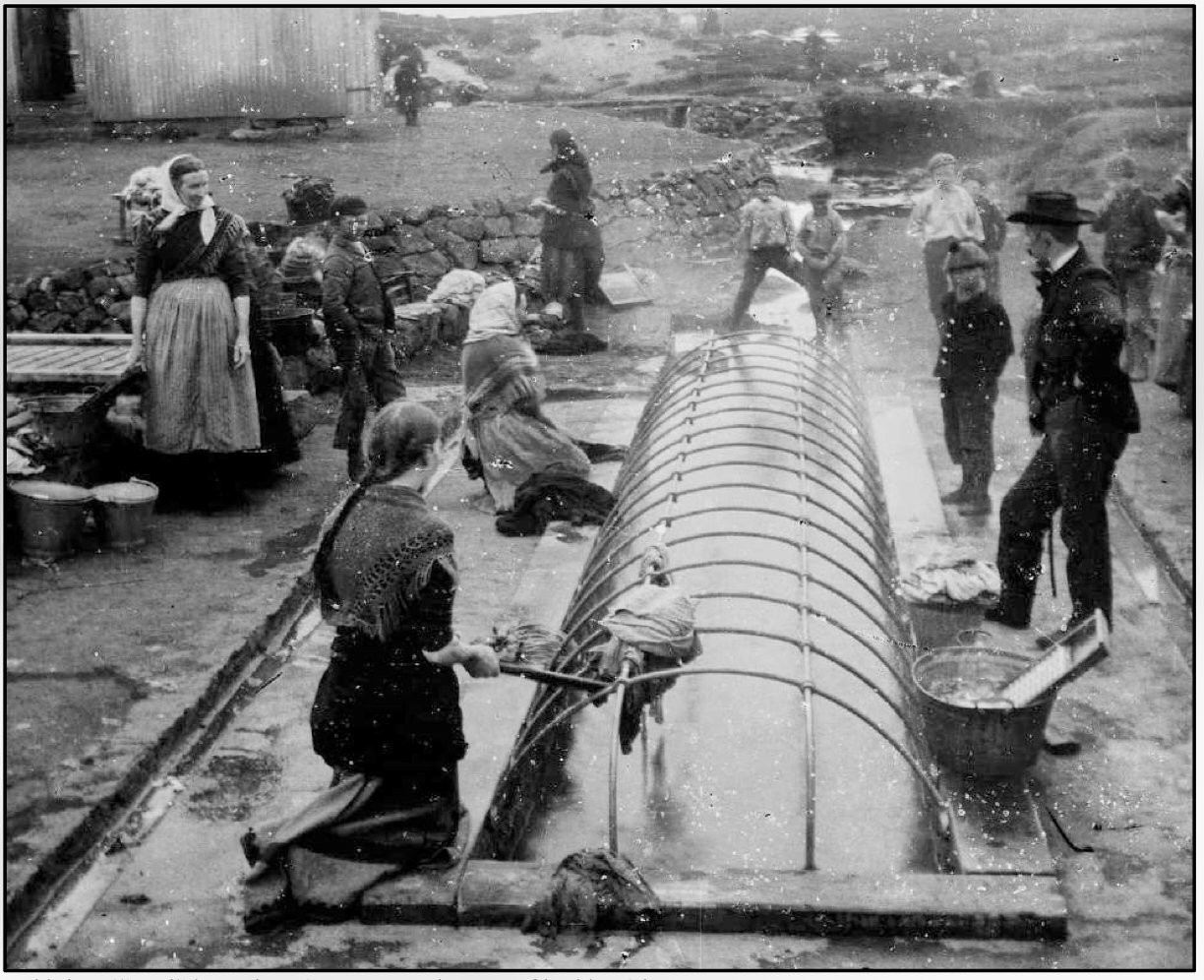
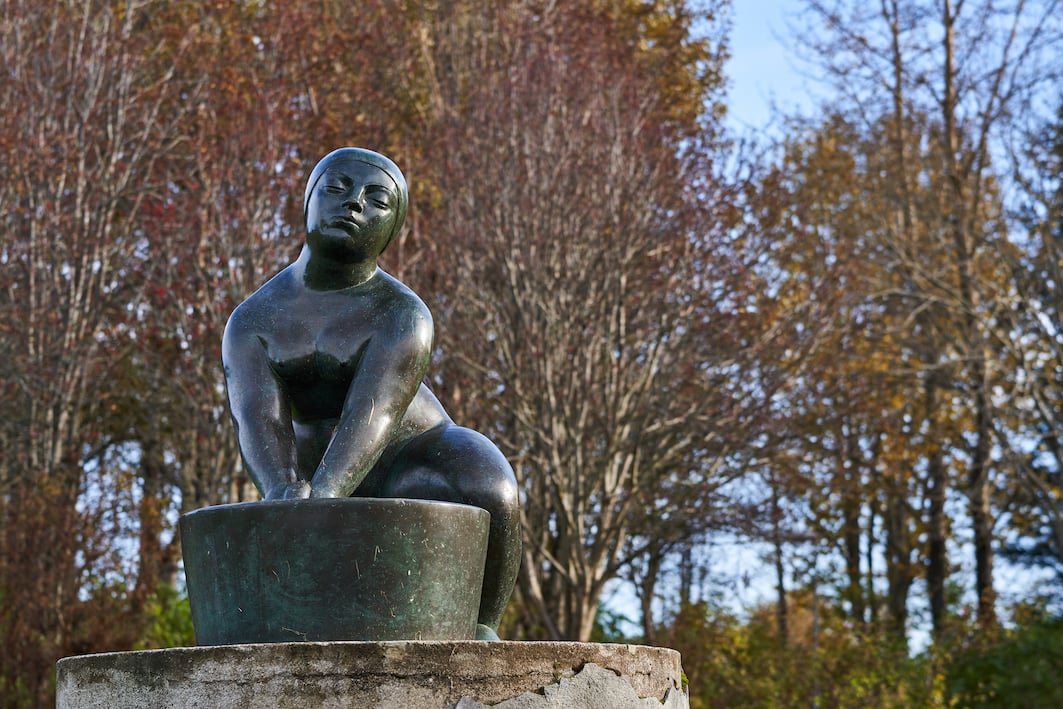
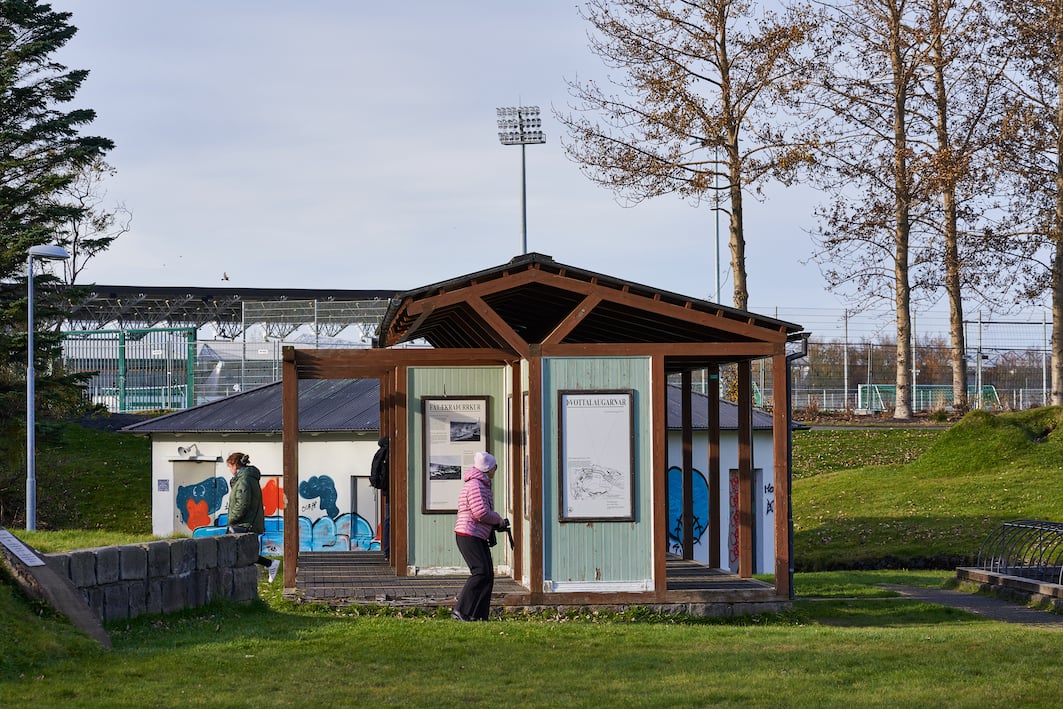
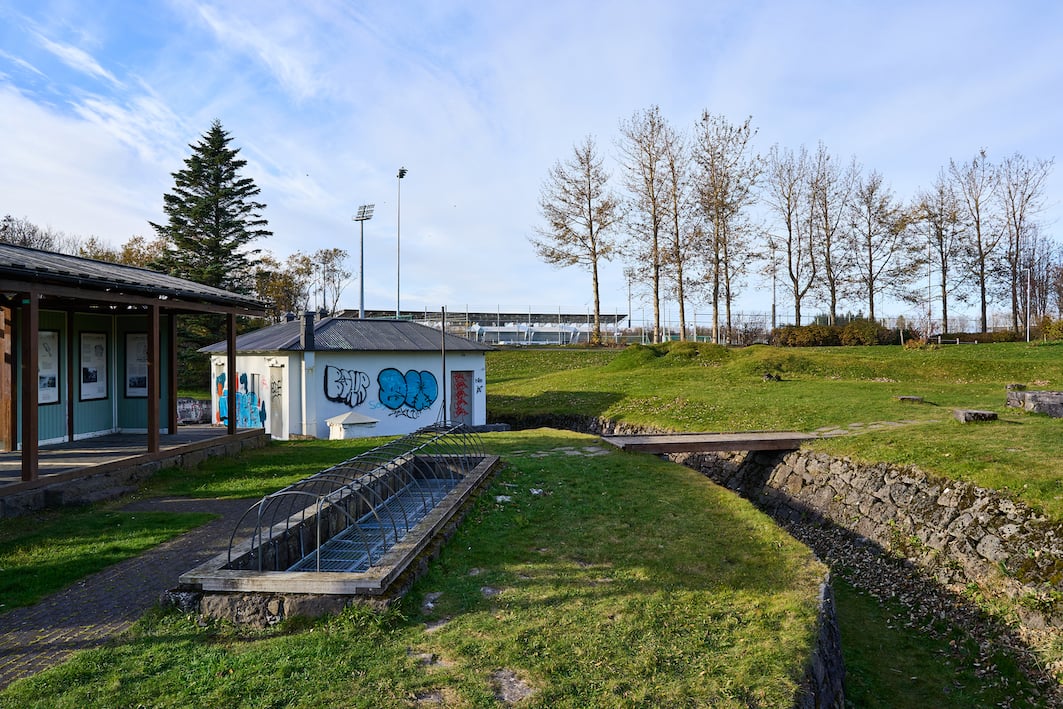
Reykjavík 10/10/2022 : A7R IV, A7C – FE 2.8/100mm GM, FE 1.4/24mm GM
Photographs & text: Páll Stefánsson



